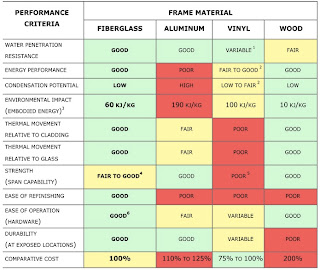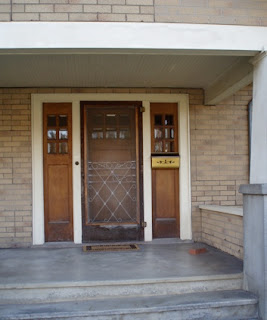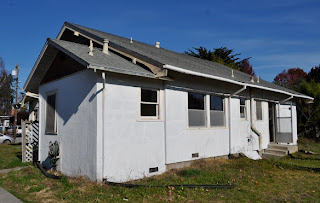Framing
The wood frame of the house is like the skeleton of the human body. It forms the shape and size of the house and provides the strength. For our project, the roof framing for the house will stay in tact, since we are not changing or replacing the roof. Floor framing had to be addressed where water or termite damage was present. But it was the walls that needed lots of reframing. If we’re not adding any living space and keeping the layout of the rooms the same why do we need re-framing? Reasons are changes in openings, water damage, termite damage and durability.
Changes in Openings
Though we were hoping to reuse most of the original framing, much were replaced with new wood because of the changes in the size and location of the openings. The total number of windows was reduced by 4 — original house had 22 windows and the remodeled house will have 18 windows, half of them are different size from the original. The total number of exterior door openings remain the same at 4. The difference is the size and location of the 2 doors. In the interior we removed (closed off) one door, widened another door (from a swing door to a large pocket door), re-positioned the opening of the hallway door (to accommodate book shelf) and widen the kitchen by removing the wall between the mudroom and the kitchen. So these interior walls needed to be reframed too.
| Before (old framing) |
Here are pictures of the South-East corner of the house where you can compare before and after reframing for new windows. (Note: left side is south and right side is east.)
In this South-East bedroom the south wall had one door and no windows. The east wall had a large opening for 2 double-hung windows.
| After (new framing) |
After reframing you can see the south wall now had a large window and the east wall now has 2 small windows.
Water Damage
You may recall that we had rotted skip sheathing on the east and west ends of the house. These were caused by water leaking around the window opening and spreading down. In some places the wall studs, floor joist, mudsill and subfloor needed to be replaced.
| Note the skip sheathing is rotted at the bottom |
| Floor joitsts sistered and a portion of subfloor replaced |
| Rotten floor joist sistered |
Termites
We found many evidence of termite damage during the framing stage as you can see from the photos below. But did you know that only a small percentage of the 2600 species of termites are pests? Lots of interesting tidbits are found on the Termite Web site. Fascinating….
What we care about in our project is to prevent termites from eating our house. We also care about minimizing the use of harmful synthetic chemical pesticides on the property so we are choosing to use Bora Care. The active ingredient, borate, go directly into the wood, not into the soil and kills the termites (and other wood eating insects) by starving them to death. Borates, once inside the insects’ digestive tract poisons the microorganisms that break down the wood’s cellulose.
| This stud was well-feasted by termites |
| Girder with termite damage |
| Last week we saw a live termite crawling around the bathroom! |
| Bora Care will be applied to all wood surfaces |
Durability
We decided to have the ceiling joists replaced with sturdier ones. The initial reason was to replace the termite eaten joist. Then we thought beefing up all the ceiling joists would give us the option in the future to convert the attic space.
| 2×10 ceiling joists |
Sustainable Lumber
As a consumer we can provide incentive for the industry to pursue responsible forestry by buying FSC certified lumber. Forest Stewardship Council (FSC), a non-for-profit organization, has principles and criteria that describe how forest have to be managed to meet the social, economic, ecological, cultural and spiritual needs of present and future generations. You can read about these 10 principles here.
| FSC certified wood |
Sustainable Forestry Initiative is another standard promoting sustainable forestry practices. You can read about their standards here.
| Sustainable Forestry Initiative certified wood |
Tidbit
Sometime in the last 2 years I came across some curious tidbits about why building codes have 18″ as the minimum crawlspace height (because that’s how high termites jump) and why traditional framing uses 16 inches on center (because a larger span would cause plaster to crack). But I haven’t found a source to quote! If you have a link to a website that mentions either of these tidbits please comment. Thanks!








